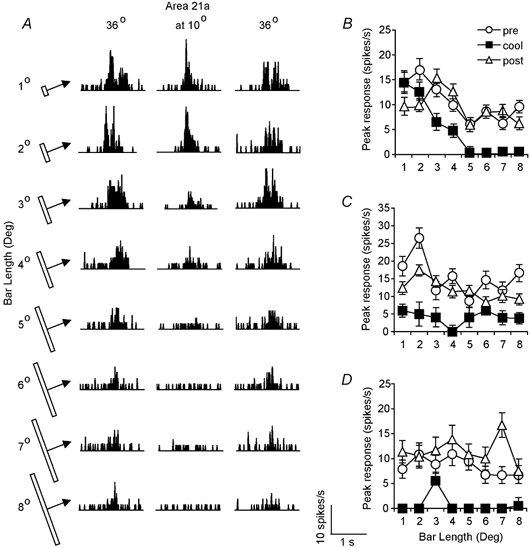Figure 7. Effects of inactivation of area 21a on the length-tuning properties of collicular cells.

A, the PSTHs illustrating the length selectivity of a collicular unit before and during cooling as well as after rewarming of area 21a. Each PSTH was constructed on the basis of responses to 10 presentations of a 0.7 deg light bar of different length (indicated on the left) moving across the cell's RF at 5 deg s−1 parallel to the horizontal meridian. Note that although there is a clear end-stopping before inactivation of area 21a and after rewarming area 21a, the cell responds quite well to bars longer than 4 deg (weak end-stopping). Inactivation of area 21a affects relatively weakly the magnitude of responses to bars not exceeding 4 deg but the longer bars do not produce any response (strong end-stopping). B, the peak discharge rate vs. bar length of the collicular cell whose PSTHs are illustrated in A. C, the peak discharge rate of another collicular cell vs. bar length before and during inactivation of area 21a and after rewarming. Note that inactivation of area 21a also results in reversible changes in length tuning. D, another example of the effect of inactivation of area 21a on length tuning of collicular neurones.
